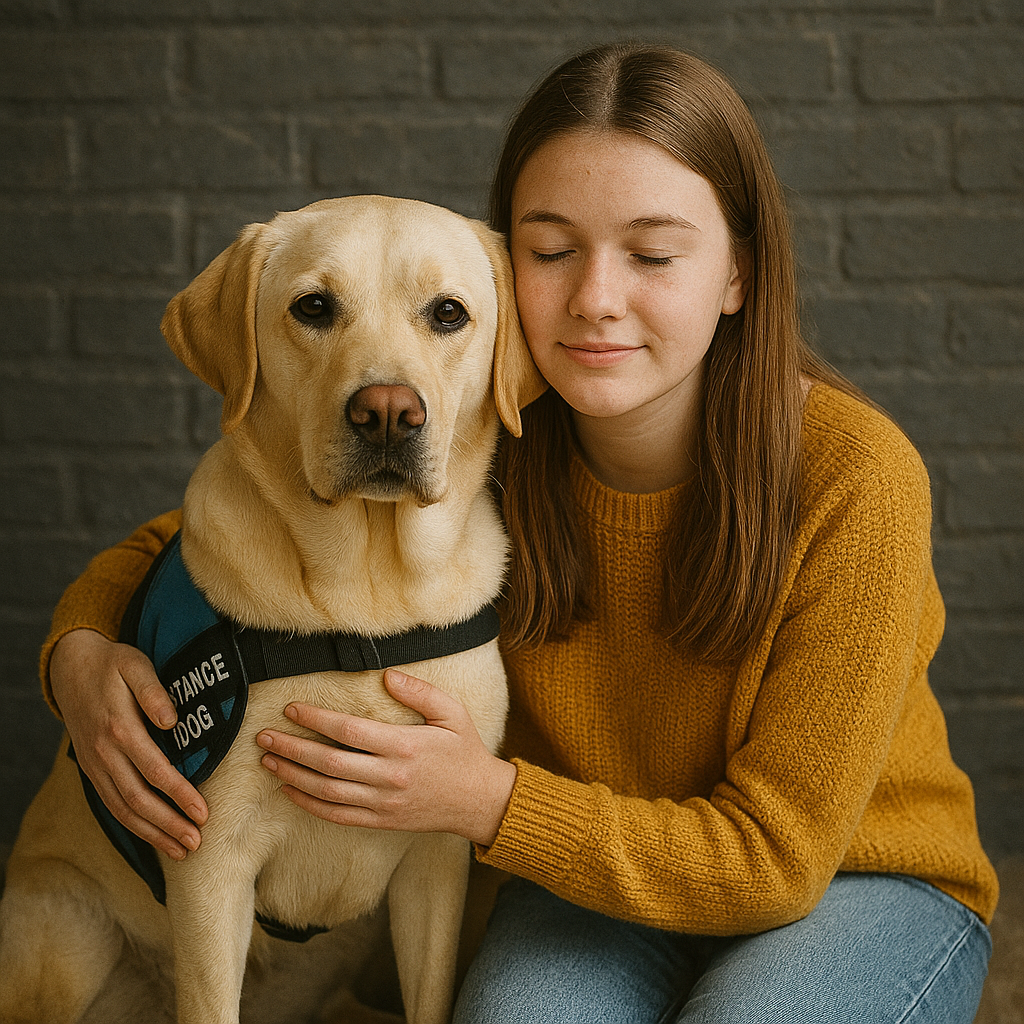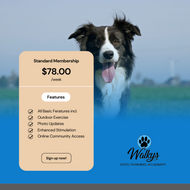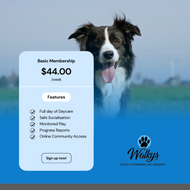July 18, 2025
Building Confidence and Purpose: How Assistance Dog Training Helps Young People Thrive
Over the past few years, young people have missed out on more than just schoolwork. Lockdowns, isolation, and a shift to digital everything have left a generation struggling with confidence, connection, and life skills. But there’s a powerful and often unexpected way forward: training an assistance dog.
At Walkys, we’ve seen firsthand how structured dog training can transform not just the dog — but the young handler too.
🐾 More Than a Dog — A Path to Purpose
Assistance dogs don’t just perform tasks. They become anchors in chaotic moments, companions during hard days, and motivators to build a structured routine. For young people, especially those living with disability or mental health challenges, training their assistance dog becomes a daily mission — one that’s fulfilling, empowering, and deeply meaningful.
🧠 Support for Mental Health That Goes Beyond Words
For young people living with mental illness — whether it’s anxiety, depression, PTSD, autism, or other neurodivergent conditions — the world can feel unpredictable, overwhelming, or even unsafe. Assistance dogs offer something incredibly rare in that space: calm, consistent, non-judgemental support.
They interrupt panic attacks before they escalate.
They ground their handler through physical contact and routine.
They offer safety in public spaces, where crowds and noise might otherwise trigger distress.
They even serve as a social bridge, helping reduce isolation and encourage gentle interaction without pressure.
But maybe most importantly? They show young people that they are capable of leadership, routine, and forming safe bonds. That realisation alone can be life-changing.
The simple act of training, communicating, and caring for an assistance dog becomes a therapeutic rhythm — one that fosters purpose, predictability, and self-worth. It’s not just about getting through the day anymore… it’s about rebuilding confidence to truly live it.
💡 From Isolation to Independence
One of the biggest side effects of the pandemic years has been the impact on social development. Many young people now face anxiety, lack of motivation, or low self-esteem. Assistance dog training flips that script. Suddenly, there’s a reason to get up in the morning, a purpose to leave the house, and a clear sense of progression as both handler and dog learn together.
It’s not about perfection — it’s about showing up, learning communication, and building trust.
🎯 Life Skills That Stick
Training an assistance dog isn’t easy, but that’s what makes it so powerful. Handlers learn:
-
Routine and time management
-
Problem solving
-
Resilience when things don’t go to plan
-
Clear communication and leadership
-
Empathy and emotional regulation
These are the exact skills that set young people up for success in the real world — and they’re developed naturally through the training process.
✅ NDIS-Approved Support
Walkys is proud to offer an NDIS-approved assistance dog training pathway through PAT Dogs Australia, making this powerful experience accessible for more families across Australia. Whether the goal is greater independence, emotional regulation, or help with physical tasks, our training programs are designed to empower both dog and handler every step of the way.
Ready to learn more about how assistance dog training can support your child’s growth?
Visit walkys.com.au or contact us for a free discovery call with our head trainer, Nath Morrison.
Let’s give young people more than a pet — let’s give them purpose.








